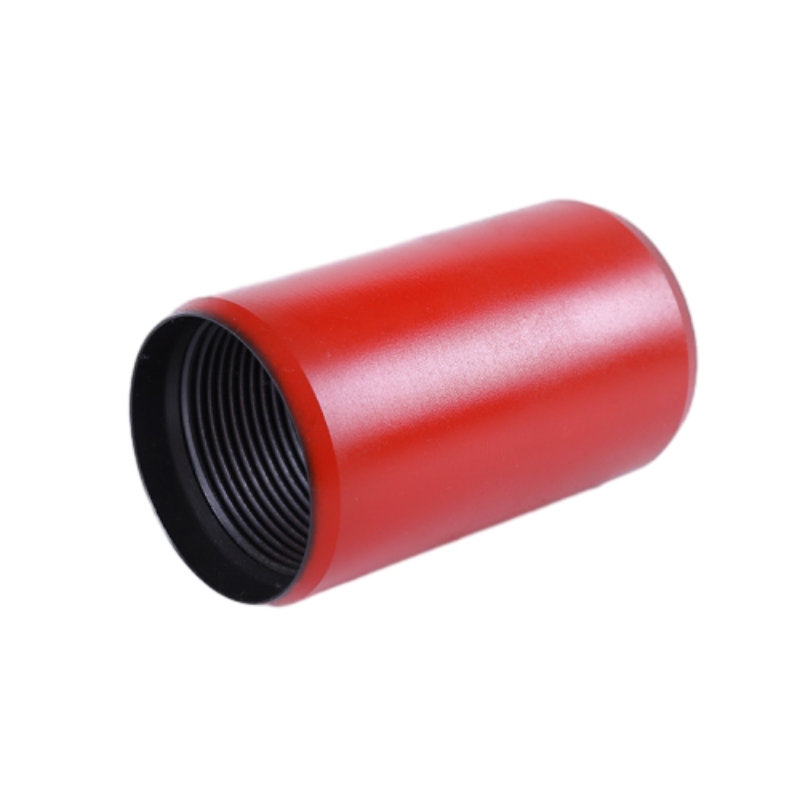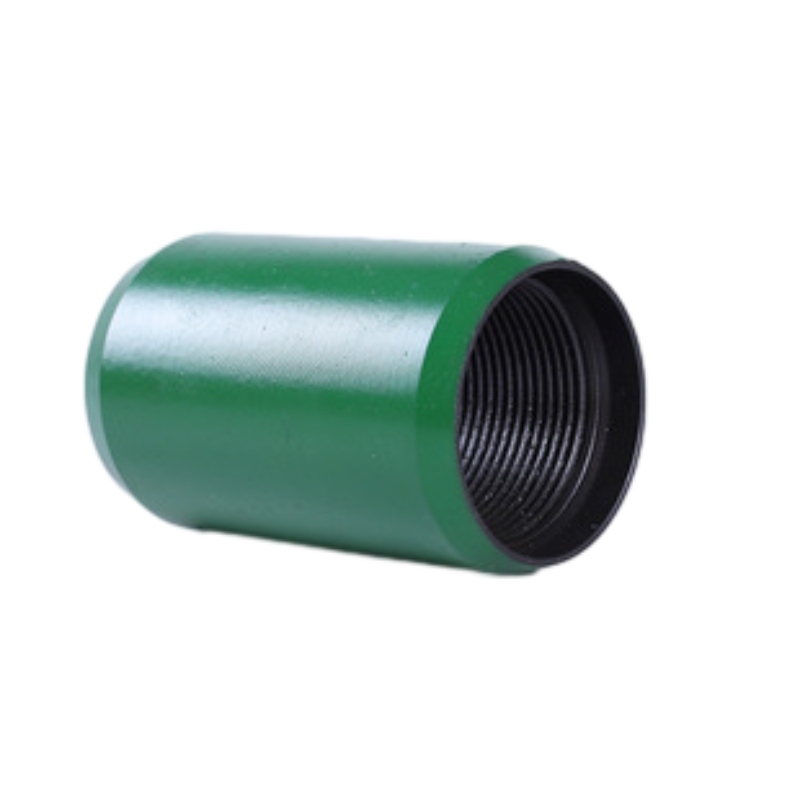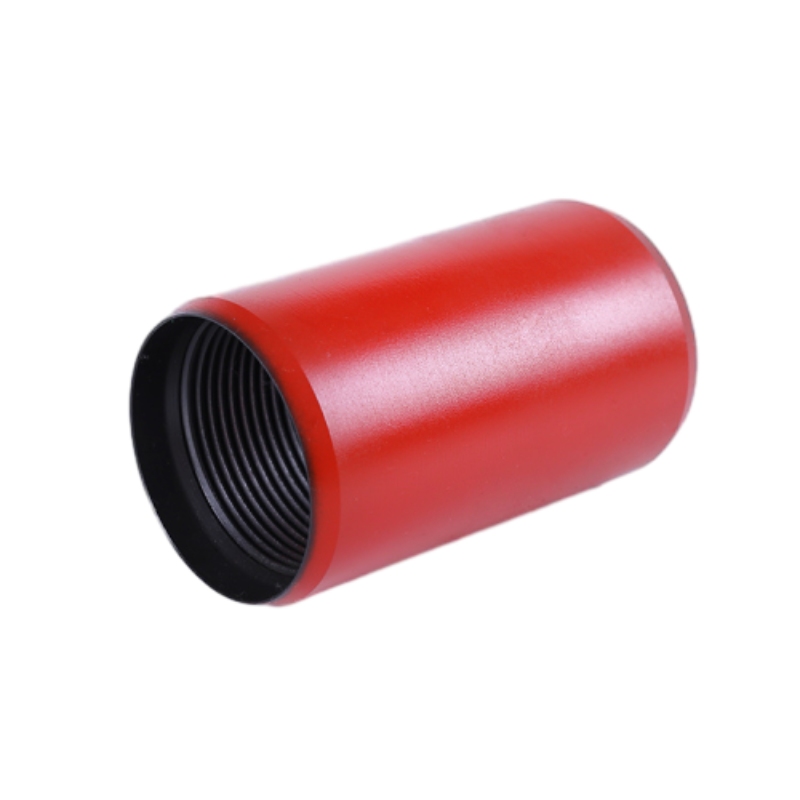High-Quality Tubing Coupling for Secure Pipe Connections
Website: https://www.wjpetroleum.com
Phone: +863188638282 | Mobile: +863188638282
Email: sales@hsweijia.com
Address: Hengshui Weijia Petroleum Equipment Manufacturing Co., Ltd.
Product Focus: tubing coupling
Tubing couplings are essential components in oil and gas production operations, facilitating the connection of two pieces of tubing. They come in various shapes and sizes, ensuring a secure and leak-proof seal between tubing sections. This crucial equipment maintains the integrity of the wellbore, prevents fluid leaks, and protects the environment. Learn more at tubing coupling product page.


Industry Trends in tubing coupling and Steel Couplings
Over the past decade, the market for tubing coupling, vacuum hose coupling, steel pipe coupling and steel couplings for pipe has experienced significant innovation. Increasing global energy demand, stricter environmental regulations, and the advancement of well completion technologies have accelerated industry evolution—especially in deepwater and high-pressure high-temperature (HPHT) environments.
The focus is shifting towards increasingly robust materials, precision machining, and surface treatments to ensure leak-proof connections under severe operating conditions. Materials like high-strength alloy steel, premium connections with gas-tight sealing, and specialized coatings for corrosion resistance are becoming industry benchmarks.
As per recent DOE oilfield coupling studies and SPE Completions Forum, the use of advanced steel grades and technology is poised to expand rapidly, especially for automation-driven and remote operations.
Technical Parameters & Data Visualization: tubing coupling Specification Table
| Coupling Type | Standard | Size Range (inches) | Material | Thread Type | Connection Length (mm) | Weight (kg) | Rated Pressure (MPa) |
|---|---|---|---|---|---|---|---|
| tubing coupling | API 5CT | 1.9" – 4-1/2" | J55, N80, L80, P110 | EU, NU | 120 – 152 | 1.2 – 4.8 | 20–70 |
| steel pipe coupling | API 5L | 2" – 6" | Grade B/X42 | BSP/NPT | 80 – 180 | 2.4 – 7.2 | 16–35 |
| vacuum hose coupling | ISO-KF | DN16 – DN40 | 304/316SS | NW Thread | 25 – 45 | 0.1 – 0.9 | Vacuum |
| steel couplings for pipe | ASTM A105 | 1/2" – 4" | Forged Carbon Steel | BSP/NPT | 38 – 112 | 0.3 – 2.5 | 25–80 |
Technical Parameter Trends in tubing coupling (ECharts Visualization)
Comparison and Distribution: Main Technical Indices of tubing coupling
Application Scenarios of tubing coupling, Steel Pipe Coupling & Vacuum Hose Coupling
Oil & Gas Production Wells
tubing coupling is indispensable in oil and gas production wells—joining tubing sections that transport hydrocarbons from reservoir to surface. Their leak-proof sealing ensures wellbore integrity and environmental protection, especially under HPHT conditions.
Pipeline Construction & Maintenance
Steel pipe couplings and steel couplings for pipe simplify joining and repairing of oil, gas, and water pipelines across refineries, rigs, municipal infrastructure, and chemical plants—ensuring safe and fast assembly.
Vacuum Systems & Laboratory Equipment
Vacuum hose coupling is widely used in clean rooms, process laboratories, and semiconductor lines—enabling quick, tight connections of vacuum pipelines made from stainless steel, elastomer, or composite.
Water Injection Wells / Enhanced Oil Recovery
Robustness against corrosion and internal pressure is critical during water, steam, and polymer injection. Premium tubing coupling solutions grant long service life under aggressive chemical and mechanical environments.
Geothermal and Unconventional Reservoirs
High-specification couplings with gas-tight threads (such as tubing coupling API premium connections) become crucial in geothermal wells and fracking operations, where fluctuating temperatures and stress can jeopardize well life.
EEAT: Professionalism, Authority, and Trust in tubing coupling Manufacturing
Hengshui Weijia Petroleum Equipment Manufacturing Co., Ltd. upholds the highest standards endorsed by the API 5CT standard and industry best practices. Our manufacturing processes leverage strict quality management, traceable raw materials (e.g. J55, L80, P110), and non-destructive testing to assure reliability, safety, and compliance.
- ISO/API certified and audited production facilities
- Stringent metallurgical control and machining accuracy to 0.01mm
- Multiple surface treatments: phosphating, copper plating, and anti-galling coatings
- Batch-level traceability and API monogramming
Our products' technical advantages reflect the latest research trends in completion engineering, as documented by top industry forums and publications such as the Society of Petroleum Engineers (SPE) and PetroWiki.
Frequently Asked Questions: Professional FAQ on tubing coupling Technology Terms
Why Choose Hengshui Weijia for tubing coupling Solutions?
- Expertise: 20+ years in API 5CT-compliant couplings and end-to-end OEM/ODM customization capabilities.
- Authoritativeness: API, ISO world-class certifications and strong R&D linked to leading oilfield engineering programs.
- Trustworthiness: Proven record in global fields — Middle East, Americas, and Asia-Pacific, with full aftersales and technical support.
- Fast Inquiry Response: Contact us via sales@hsweijia.com or call +863188638282 for free technical consultation and project quotes.
Future Outlook: Technology and Market for tubing coupling and Steel Couplings
As digital and green technologies evolve, tubing coupling design will emphasize predictive maintenance (IoT sensors for corrosion, stress), even safer premium threads, and new alloys—responding to greater drilling depth and hostile well environments. Biodegradable coatings and additive manufacturing (3D printed coupling prototypes) are gradually entering mainstream production.
According to market data, the global tubing coupling market size will reach $900M by 2027 (CAGR >6%), reflecting both energy sector growth and the need for higher engineering standards.
- Automation and robotic pipe handling systems will favor precision-machined, quality-documented couplings.
- Emergence of “smart couplings” with integrated sensors is expected within a decade.
- Demand for coupling solutions in geothermal, CCS (carbon capture storage), and hydrogen pipelines will rise sharply.
DOE Oilfield Coupling Material and Design Trends: energy.gov
API Tubing and Casing Standardization: api.org
Tubing Installation & Materials Knowledge Base, SPE: petrowiki.spe.org
Tubing Couplings Market Growth: globenewswire.com
Practical Well Completion Design, Journal of Petroleum Technology: onepetro.org
-
Tubing Crossover - API Compatible, Custom Sizes, In StockNewsNov.10,2025
-
Tubing Coupling | High-Strength, Leak-Proof Steel CouplingsNewsNov.10,2025
-
Wholesale API Threading Casing Coupling | API 5CT, Fast ShipNewsNov.10,2025
-
Pup Joint Supplier | API Certified, Custom, Quick ShipNewsNov.10,2025
-
Pup Joint Manufacturers | Precision Machined, Fast DeliveryNewsNov.10,2025
-
Tubing Coupling | Precision Steel, Leak-Proof, Fast DeliveryNewsNov.03,2025







